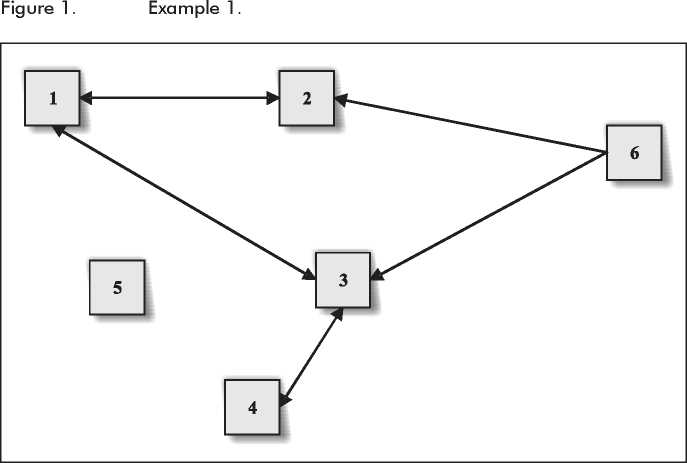CIEDAD
DESARROLLO Y SO
SEGUNDO SEMESTRE DE 2006, PP. 245-260.

Definition 2 (SPi) Social proximity is a measure of the distance be-
tween i (dictator) and j (recipient). In our context social proximity
may take on values in the interval [0, 1]: 0 (if j ∈ Si); 1 (if j ∈ Fi and
the identity of the recipient is known for sure); 1/fi (if j ∈ Fi and the
identity of the recipient is unknown).
Definition 3 (SIi) Social integration of player i is a measure of his/her
outstanding cooperation links.
Players with high levels of social integration are involved in long-run
relationships where cooperation is sustainable. This is highly corre-
lated with the number of friends, or degree-out, |Fi|, and individual
centrality measures. The initial paper in this literature is undoubtedly
that of Mobius, Rosenblat and Quoc-Anh (2005) (hereafter MRQ). To
elicit the social network at Harvard dorms MRQ use a coordination
device (with monetary incentives) that lets subjects choose friends
from a list and offers a prize (with some probability) when subjects
coordinate naming each other (see Table 1)8.
8 A recent paper by Haan, Koreman and Riemersma (2006) uses “inside” information from
teachers to elicit the social network in a group of children.
249
More intriguing information
1. HACCP AND MEAT AND POULTRY INSPECTION2. SOCIOECONOMIC TRENDS CHANGING RURAL AMERICA
3. PROPOSED IMMIGRATION POLICY REFORM & FARM LABOR MARKET OUTCOMES
4. The name is absent
5. EMU: some unanswered questions
6. The Veblen-Gerschenkron Effect of FDI in Mezzogiorno and East Germany
7. The name is absent
8. The name is absent
9. Testing Panel Data Regression Models with Spatial Error Correlation
10. POWER LAW SIGNATURE IN INDONESIAN LEGISLATIVE ELECTION 1999-2004